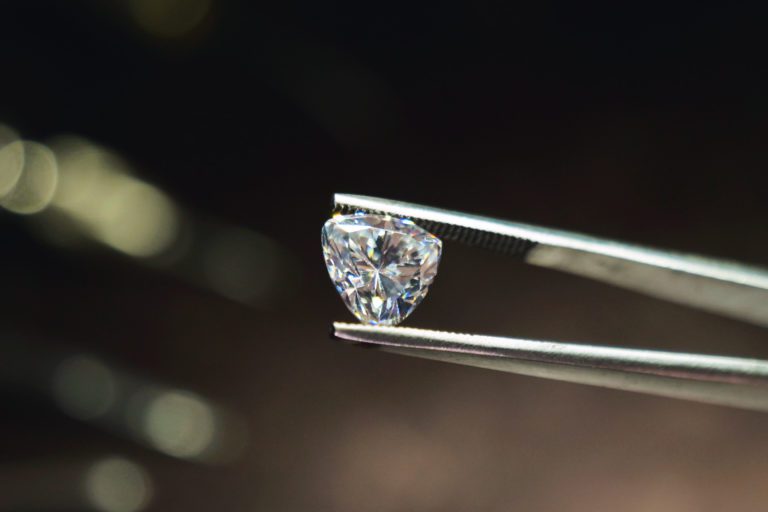When it comes to assessing the quality and value of natural diamonds, experts rely on the 4Cs: Cut, Color, Clarity, and Carat weight. These fundamental characteristics provide a comprehensive evaluation of a diamond’s uniqueness and beauty. Let’s explore how each of these factors contributes to the appraisal process. At R&J Jewlery and Loan, they do appraisals and have GIA certified gemologists to help you along your journey.
Cut:
The cut of a diamond refers to how well it has been shaped and faceted by skilled artisans. The precision of the cut impacts the stone’s brilliance, fire, and visual appeal. Diamonds with excellent cuts reflect light beautifully, creating a dazzling sparkle that captivates the eye.

Color:
Natural diamonds come in various shades, ranging from colorless to a spectrum of yellows and browns. A color grading scale, established by the Gemological Institute of America (GIA), helps gemologists assess a diamond’s color quality. The most sought-after diamonds are colorless or near-colorless, as they allow the maximum amount of light to pass through, enhancing their brilliance.

Clarity:
The clarity of a diamond refers to the presence of internal or external flaws, called inclusions and blemishes, respectively. Gemologists inspect diamonds under magnification to determine their clarity grade. The fewer imperfections a diamond possesses, the higher its clarity grade and overall value.

Carat Weight: Carat weight measures a diamond’s size, with one carat equivalent to 200 milligrams. Larger diamonds are rarer, making them more valuable per carat. However, the value of a diamond depends on how well it scores in the other 3Cs.
Combining the 4Cs, skilled appraisers evaluate and assign a monetary value to each natural diamond based on its unique characteristics. Understanding the significance of the 4Cs empowers buyers to make informed decisions and choose the perfect natural diamond that suits their preferences and budget.
